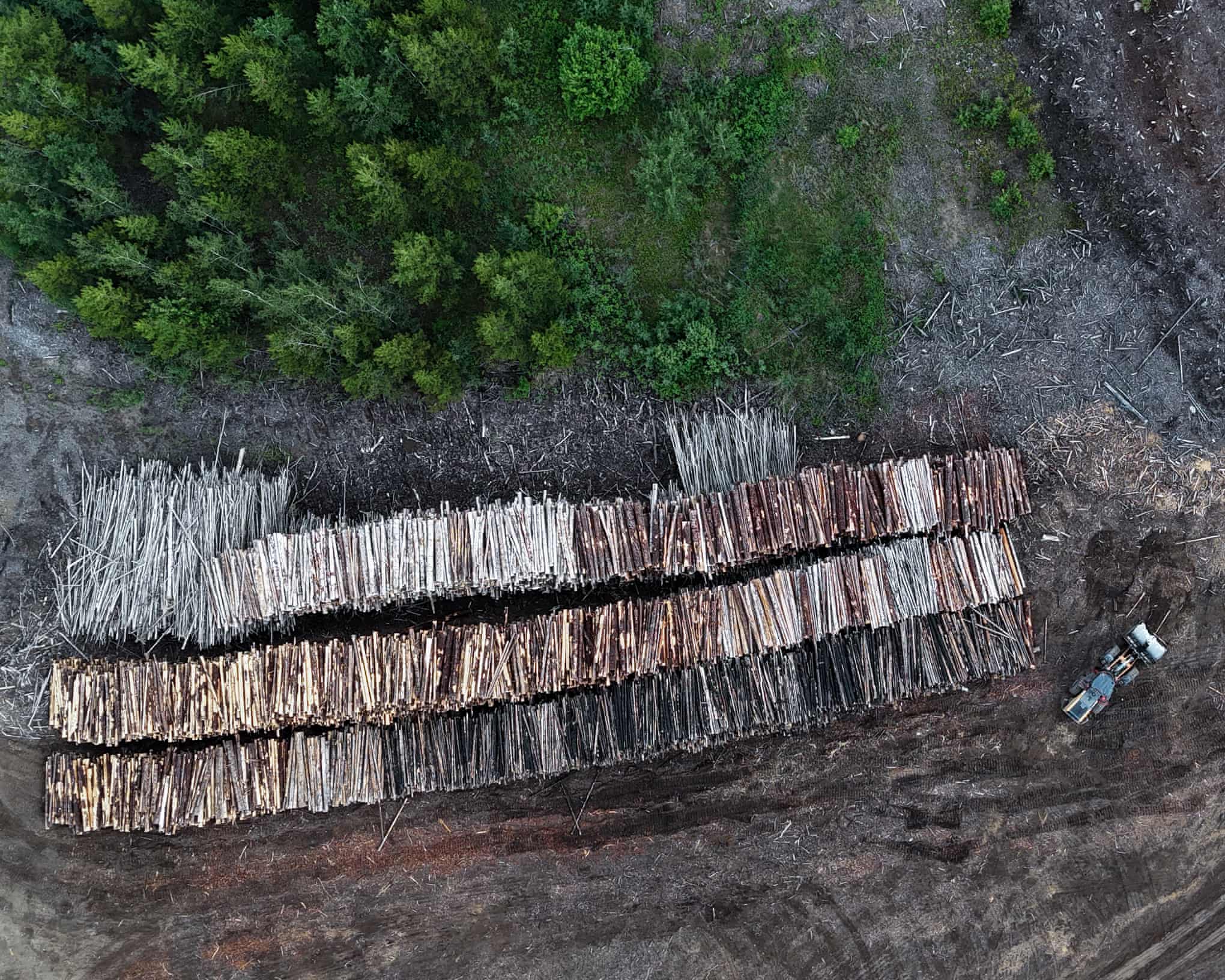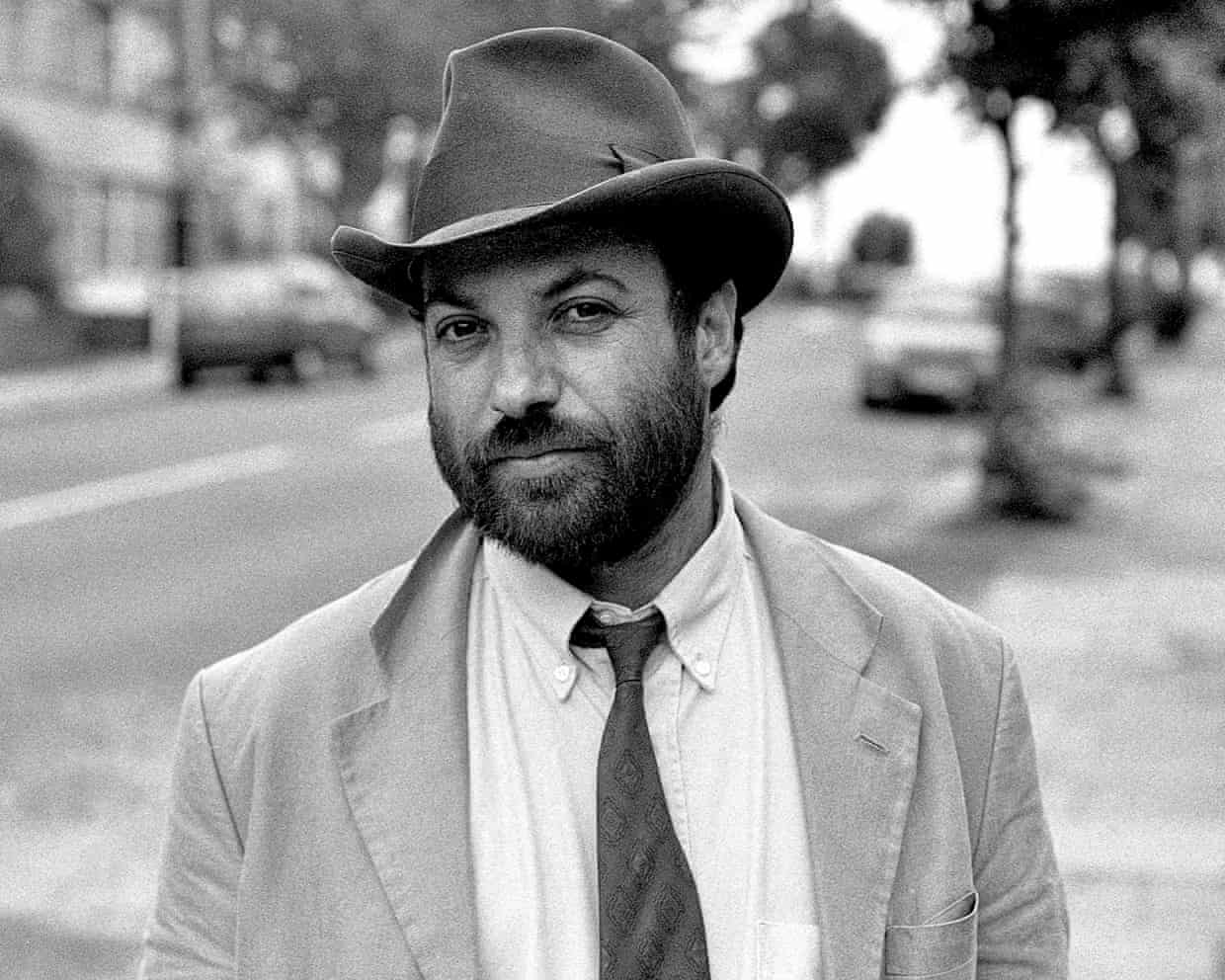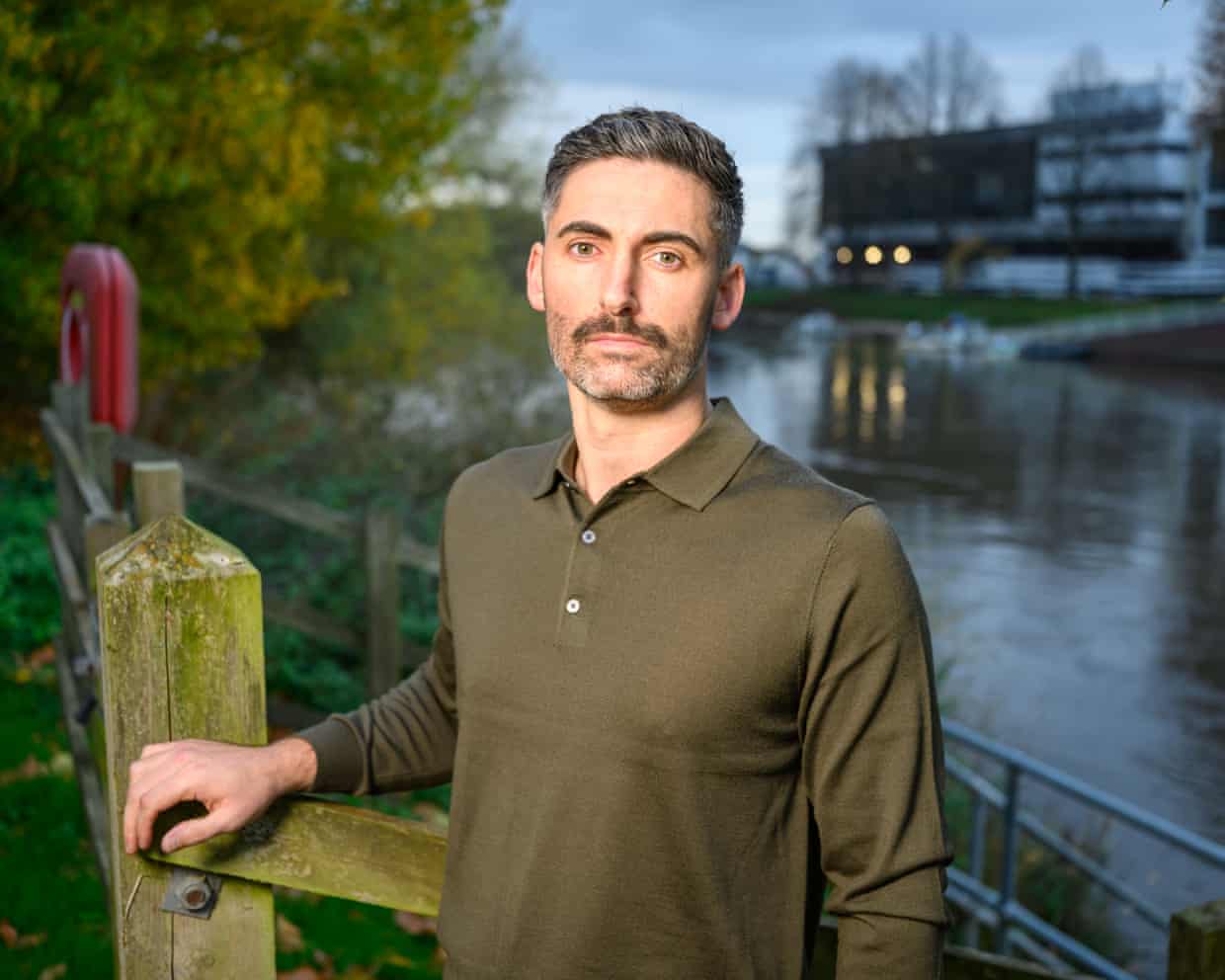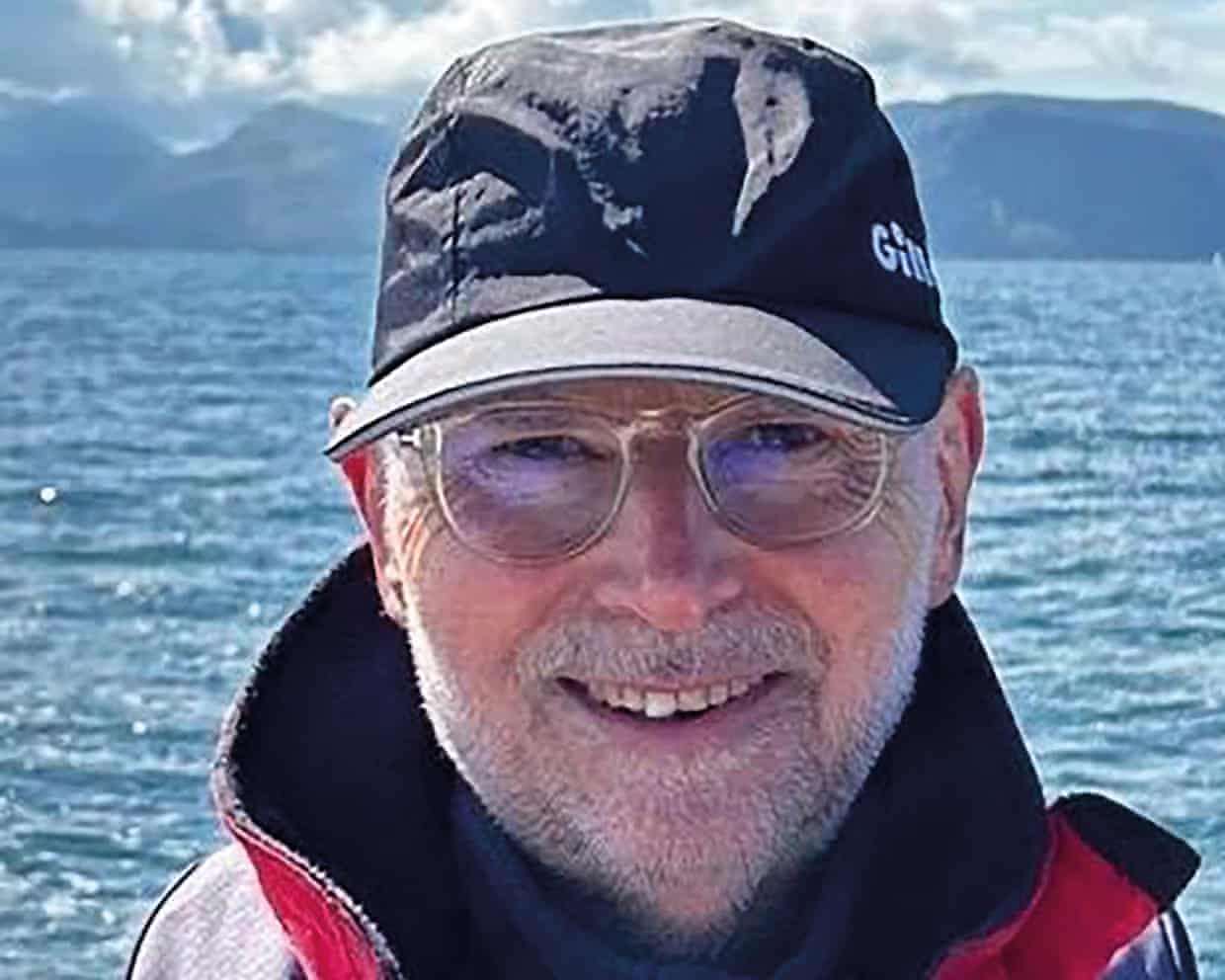Drax still burning 250-year-old trees sourced from forests in Canada, experts say

Exclusive: report by Stand.earth says subsidiary of power plant received truckloads of whole logs at biomass pellet sitesDrax power plant has continued to burn 250-year-old trees sourced from some of Canada’s oldest forests despite growing scrutiny of its sustainability claims, forestry experts say.A new report suggests it is “highly likely” that Britain’s biggest power plant sourced some wood from ecologically valuable forests as recently as this summer.Drax, Britain’s single biggest source of carbon emissions, has received billions of pounds in subsidies from burning biomass derived largely from wood.The report, by Stand.
earth, a Canadian environmental non-profit, claims that a subsidiary of Drax Group received hundreds of truckloads of whole logs at its biomass pellet sites throughout 2024 and into 2025, which were likely to have included trees that were hundreds of years old.The report could raise fresh questions for the owner of the North Yorkshire power plant, which has been forced in recent years to defend its sustainability claims while receiving more than £2m a day in green energy subsidies from UK bill payers.The report’s findings suggest that the power plant was burning “irreplaceable” trees even as its owners lobbied the UK government for the additional green energy subsidies, which were granted earlier this week.The company has claimed that it sources wood only from “well‐managed, sustainable forests” to manufacture the pellets that are shipped from its sites in Canada and the US to be burned at its UK power plant.But these claims have been questioned by Britain’s energy regulator and the Financial Conduct Authority after a BBC Panorama documentary in 2022 reported that Drax had cut down primary forests in Canada to turn into wood pellets.
The latest investigation into the company’s green credentials, seen by the Guardian, uses official data from the government of British Columbia, along with satellite monitoring, to back claims that a Canadian subsidiary owned by Drax sourced 250-year-old trees to manufacture biomass pellets as recently as this year.The report claims that the company received 90 truckloads of logs sourced from “old-growth forests” in the Skeena region of British Columbia, home to some of Canada’s largest undeveloped wilderness areas.Old-growth forests are defined by the local government as areas that include trees older than 250 years in slow-growth ecosystems, or older than 140 years in ecosystems in which trees are replaced more quickly.Drax said in October 2023 it had stopped sourcing wood from areas designated by the government of British Columbia as “protected” or “deferred” old-growth forest stands, but it did not dispute that it was still sourcing wood from other sites containing old growth.Responding to the Stand.
earth report, a spokesperson for Drax said: “Our sourcing policy means Drax does not source biomass from designated areas of old growth and only sources woody biomass from well-managed, sustainable forests,”These designated areas of old growth amount to less than half of the total old-growth forest areas in British Columbia,Figures from the BC government show that designated areas total 5,3m hectares, while the total area of old-growth forest in the province spans 11,1m hectares.
Another 3.7m hectares are protected under separate designation schemes.Stand.earth claims that in 2024 and 2025 Drax received at least an additional 425 truckloads of whole logs from “cutblocks” – areas of forest land designated for timber harvesting – which contained old-growth forests.The report claims that 63 of these loads came from three cutblocks that contained more than 90% old-growth forest, “meaning that this purchase almost certainly contained old growth”.
It added that the remaining 362 lorry loads of whole logs came from 22 cutblocks in the Skeena region that were more than 80% old growth, meaning that it was “likely” they contained old growth.“The true volume of old growth sourced by Drax is likely higher than what our research was able to track, because of spatial data limitations,” the report said.Sign up to Business TodayGet set for the working day – we'll point you to all the business news and analysis you need every morningafter newsletter promotionTegan Hansen, the lead author of Stand.earth’s report, told the Guardian that the loss of British Columbia’s old-growth trees was “a big problem that’s getting bigger”.“The region where Drax is operating is an area where we’ve tracked a disproportionate amount of logging in high-risk forests with our satellite monitoring system Forest Eye.
With how logging works here in BC, there isn’t really a way for Drax to be operating in these areas and not include old-growth forests in their wood supply.The people of the UK should know that the risk of old-growth trees being cut down to produce wood pellets is higher than ever,” Hansen said.As part of the investigation, Hansen visited a biomass pellet production site, owned by a Canadian subsidiary of Drax, where the company’s reliance on whole logs was apparent.“It was quite stark.The yards are sprawling and there were huge piles of logs there.
These were large, healthy trees of different ages.We saw some trees which had been scorched by fire, but they were still alive when they were cut, which was apparent by the oozing sap,” she said.Drax said the “low-grade” wood used to make biomass pellets had typically been rejected by commercial sawmills and either sold to the biomass industry as waste wood or burned to prevent wildfires.A spokesperson said it was “far better to use [waste wood] to generate renewable electricity rather than leaving it to burn”.The rules that allow companies in the forestry industry to disregard old growth as commercial waste are part of the problem, Hansen said.
“Even exceptionally old trees can rot in the middle, which is one of their features that makes them so important for wildlife, but could mean the tree is called defective by the logging industry.This could mean that the tree is dismissed as waste wood.But a tree standing up in a forest is not waste,” she said.“Drax has come into British Columbia claiming to solve some of the problems that our forestry industry has, but they have not.It’s very disheartening, and offensive, to hear Drax claiming to be solving these problems when really they’re entrenching some of the problems that we have in forestry here,” Hansen said.
The best public interest journalism relies on first-hand accounts from people in the know,If you have something to share on this subject you can contact the Business team confidentially using the following methods,Secure Messaging in the Guardian appThe Guardian app has a tool to send tips about stories,Messages are end to end encrypted and concealed within the routine activity that every Guardian mobile app performs,This prevents an observer from knowing that you are communicating with us at all, let alone what is being said.
If you don't already have the Guardian app, download it (iOS/Android) and go to the menu.Scroll down and click on Secure Messaging.When asked who you wish to contact please select the Guardian Business team.SecureDrop, instant messengers, email, telephone and postIf you can safely use the tor network without being observed or monitored you can send messages and documents to the Guardian via our SecureDrop platform.Finally, our guide at theguardian.
com/tips lists several ways to contact us securely, and discusses the pros and cons of each.

Can Donald Trump really make an NFL team name its stadium after him?
That’s if a well-sourced report from ESPN is to be believed. The US president has apparently let it be known to the ownership group of the Washington Commanders that he wants the team’s new stadium, which is scheduled to open in 2030, to take his name. “It’s what the president wants, and it will probably happen,” a senior White House official told ESPN.Not quite. While the franchise was a dominant force in the 1980s, its last Super Bowl appearance came in the 1991 season

Carlos Alcaraz up and running at ATP Finals with win over Alex de Minaur
Carlos Alcaraz opened the ATP’s season-ending championships, and the battle for the year-end No 1 ranking, in ideal fashion as he confidently navigated a turbulent opening set before easing to a 7-6 (5), 6-2 win over the seventh seed, Alex de Minaur, in Turin.Alcaraz, the top seed, is attempting to win the ATP Finals for the first time and hold off Jannik Sinner to finish the season as the top-ranked player. Despite ceding significant ground to the Italian in recent weeks by losing to Cameron Norrie in his opening match at the Paris Masters, which Sinner won, Alcaraz still holds a clear advantage this week since the Italian is defending his title from last year. The Spaniard must win all three of his round-robin group stage matches or reach the final in order to secure the top ranking.Although this has been the best season of Alcaraz’s career, he still has much to prove on indoor hard courts where he has so far struggled to replicate his results on other surfaces

Rob Steen obituary
My friend Rob Steen, who has died of a heart attack aged 67, wrote about sport, particularly cricket, with passion and style.“He was the most irrepressible sports fan of us all,” said the Guardian rugby correspondent Rob Kitson.“He cared more about sports journalism than anyone I’ve met,” a lecturer at Brighton University, where Rob taught, told me.He was perhaps proudest of his contributions to the Guardian spanning, intermittently, from 1988 to 2006, his role as deputy sports editor of the Sunday Times in the mid-1990s, and his long relationships with Wisden Cricketer and Cricinfo.He also wrote accomplished biographies of David Gower (1995) and Desmond Haynes (1993) and, with Alastair McLellan, the groundbreaking 500-1 (2001), about the 1981 Headingley test

ATP Finals tennis: Carlos Alcaraz defeated Alex de Minaur – as it happened
Carlos Alcaraz began his bid for a first ATP Finals trophy with a 7-6 (5), 6-2 win over Australian Alex de Minaur in their round-robin clash in Turin on Sunday.Alcaraz won his opening ATP Finals match for the first time despite De Minaur’s battling display, where the Australian recovered from 4-1 down to force a tiebreak in the opening set before the Spaniard came out on top.The pair traded breaks of serve at the start of the second set, but Alcaraz broke twice more to again lead 4-1 and this time there was no comeback despite De Minaur’s valiant effort in the opening match of the Jimmy Connors Group.Alcaraz is on course to end the year as world number one, and in Turin he must either reach the final or sweep his round-robin matches to guarantee himself the year-end top spot for the second time. ReutersThat, then, is us, but fear not: we’ve plenty else for you, starting immediately

Can anyone challenge the Sinner-Alcaraz supremacy? ATP Finals will reveal all
Days before the grand finale of the ATP season in Turin, the Carlos Alcaraz and Jannik Sinner show had already begun. Although the two rivals are locked in battle to determine the year-end No 1 ranking, rumours swirled early on Friday morning that they were scheduled to train together. Sure enough, that afternoon they entered the stadium court side-by-side and they were greeted by deafening roars from a significant crowd.The practice set that followed garnered as much attention as many matches this year. Thousands of viewers tuned in to watch the live stream, then highlights were swiftly available afterwards

America’s men’s grand slam drought is not Taylor Fritz’s burden to carry
Back at the ATP finals one year after reaching the last hurdle, Fritz remains a top-five talent. It’s a reminder that a certain major-title drought is not his burden to bearI would like to have some words with ESPN broadcaster Chris Fowler about what he said after Novak Djokovic beat Taylor Fritz, for the 11th straight time, in the US Open quarter-finals. Look – Fritz is American, Fowler is American – and sports often lend themselves to nationalism. A little bit of disappointment was appropriate. Instead, Fowler invoked the continued drought of American men at the majors: none of them had lifted a trophy since Andy Roddick in 2003, and Fritz had been the last one standing in the tournament

Royal College of Psychiatrists faces member backlash over Qatar partnership

Having open conversations with boys is key to fending off the manosphere threat | Letters

Social media misinformation driving men to seek unneeded NHS testosterone therapy, doctors say

‘Heroic actions are a natural tendency’: why bystander apathy is a myth

Sex offender freed from Wandsworth prison by mistake is back in custody

Tom Butler obituary